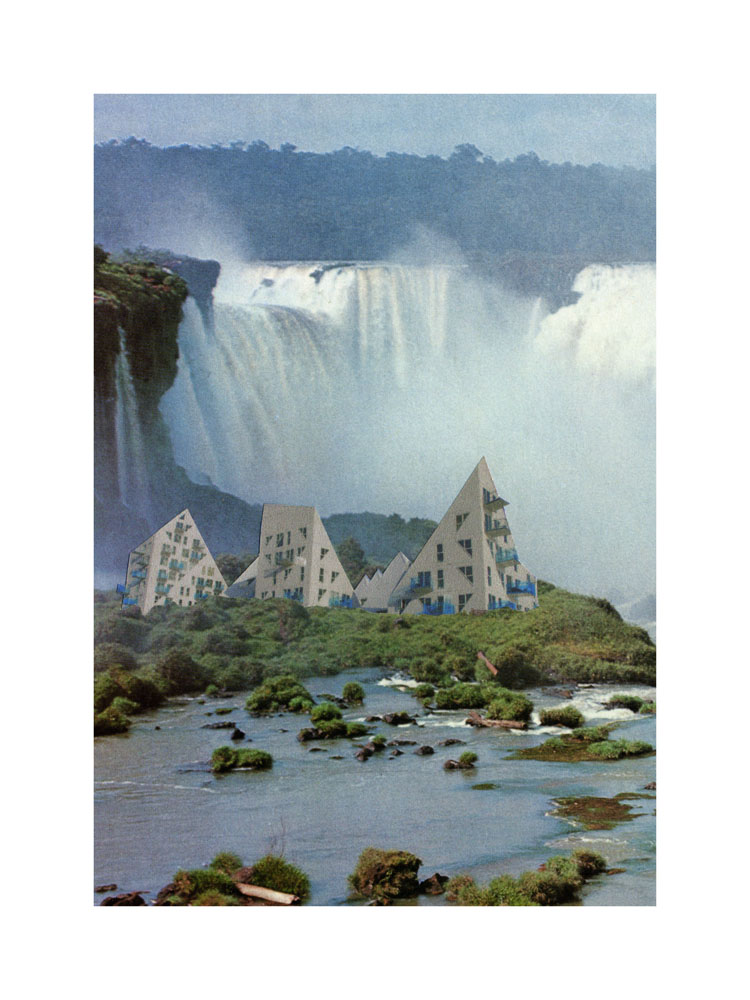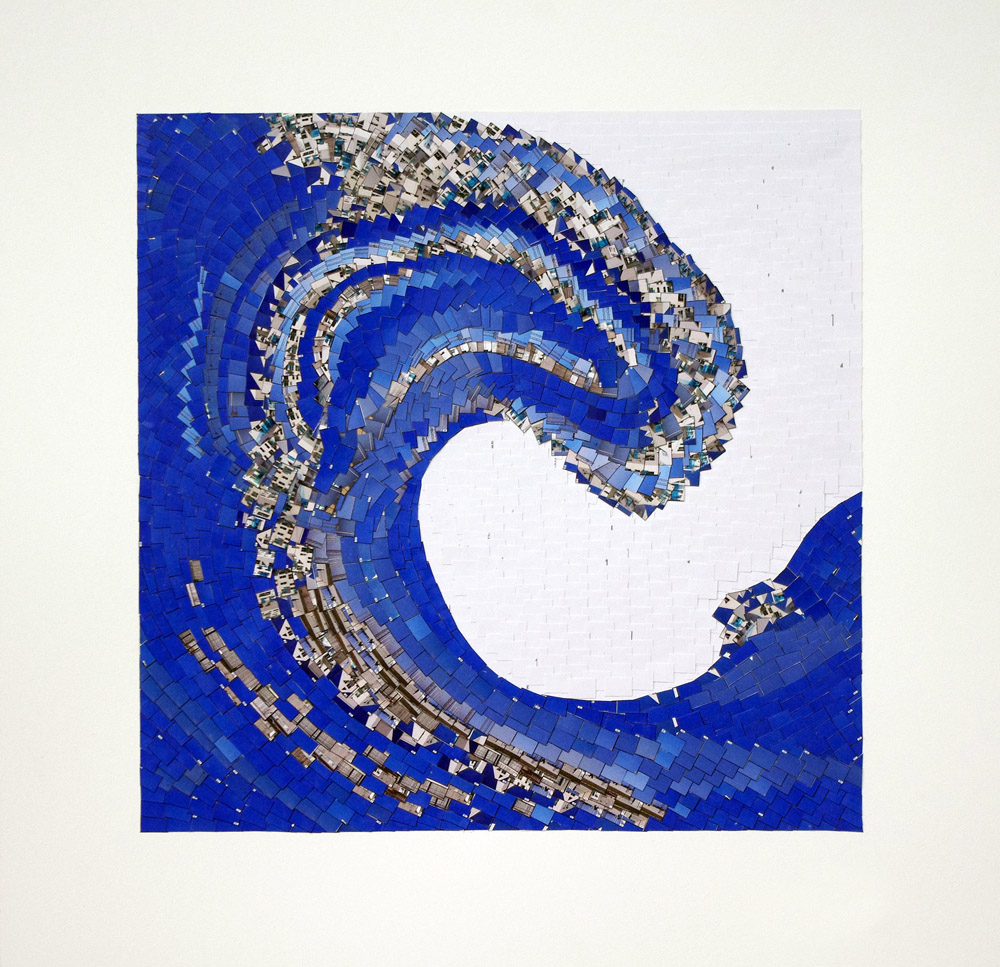Flucticulus
Waves are a reoccurring theme. There are soundwaves or mechanic waves, which are a topic in physics; there is also the wave in football stadiums or the wave of protest, the sinus waves or the wave in water. The word wave derives from the Old English wafian (to wave with the hands) or perhaps the Old English term wefan (to weave).
Thomas project Flucticulus creates the chance to break out of a usual work pattern. Using collages he expands his present art form. Varying surfaces, and manners of presentation characterize the exhibition Flucticulus. Dancing, swaying and swinging movements define his art and break out of the usual patterns of architectural photography.
In the last two years Thomas drew inspiration from the architectural iceberg-building (Isbjerget) in Aarhus, Denmark.
With Flucticulus (lat. little wave) the movement takes the concrete form of a (little) wave.
professional category
flucticulus (Series)
DESCRIPTION
AUTHOR
German photo artist Thomas Kellner is known for his photographs of seemingly dancing architectural exteriors and interiors of tourist attractions from all over the world. Even though his photographs show popular motives that have been mass-produced, his work is unique due to his new artistic method called “visual analytical synthesis” in which he does not take one shot but several thoughtfully planned ones in order to create a picture out of contact sheets. His work is often referred to Cubism considering that his creative process includes a construction but the results resemble a deconstruction. Thomas Kellner’s works imitate the wandering look of the eye, showing us segments of the total which come together as one image. Therefore his photographs do not deconstruct architecture but reconstruct our view on it. At the same time his work also reflects the flood of pictures we live in nowadays and furthermore contains the question of decaying cultural values.
back to gallery







